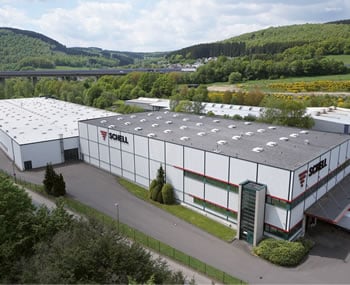Intelligent solutions from SCHELL help to maintain drinking water quality
10-minute read
‘Drinking water’ is the term commonly used for fresh water of a very high purity, which makes it suitable for direct human consumption. It is our most precious resource, and its quality also needs to be maintained permanently inside our homes and buildings. Drinking water maintains its high level of quality when cold water does not become warmer than 25 °C and hot water does not cool below 55 °C – anywhere in the installation. German drinking water legislation (TrinkwV, section 17) also requires operators of drinking water installations to ensure a complete exchange of water at all tapping points every 72 hours at the latest. If this is not carried out as specified, then bacteria in the water can propagate excessively and endanger user health. Particular care needs to be taken during interruptions in use. The aim here is to avoid excessively long periods of stagnation in the piping system. Stagnation flushes can ensure the regular exchange of water and therefore help to maintain a high level of water quality.
Identifying the challenges to drinking water hygiene
Interruptions in use in buildings are not just a problem during the typical holiday periods. Even a long weekend may make these kinds of flushes unavoidable, such as when tapping points in schools or office buildings remain unused for more than 72 hours, for example. Major fluctuations in usage patterns can also present challenges to drinking water hygiene in a building. For hotels and campsites, peak and off-peak usage can be very different, for example. If the level of use for a sanitary facility drops off significantly outside peak times, then a complete exchange of water using stagnation flushes will often need to be initiated, since regular use of the fittings will no longer be sufficient.
Electronic SCHELL fittings help to maintain drinking water quality
Electronic fittings from SCHELL help to maintain drinking water quality, since stagnation flushes are very easy to set up. These fittings can be programmed so that a stagnation flush takes place automatically 24 hours after the last use. Another alternative is to program stagnation flushes that take place every 24 hours instead and therefore independently of the last use.
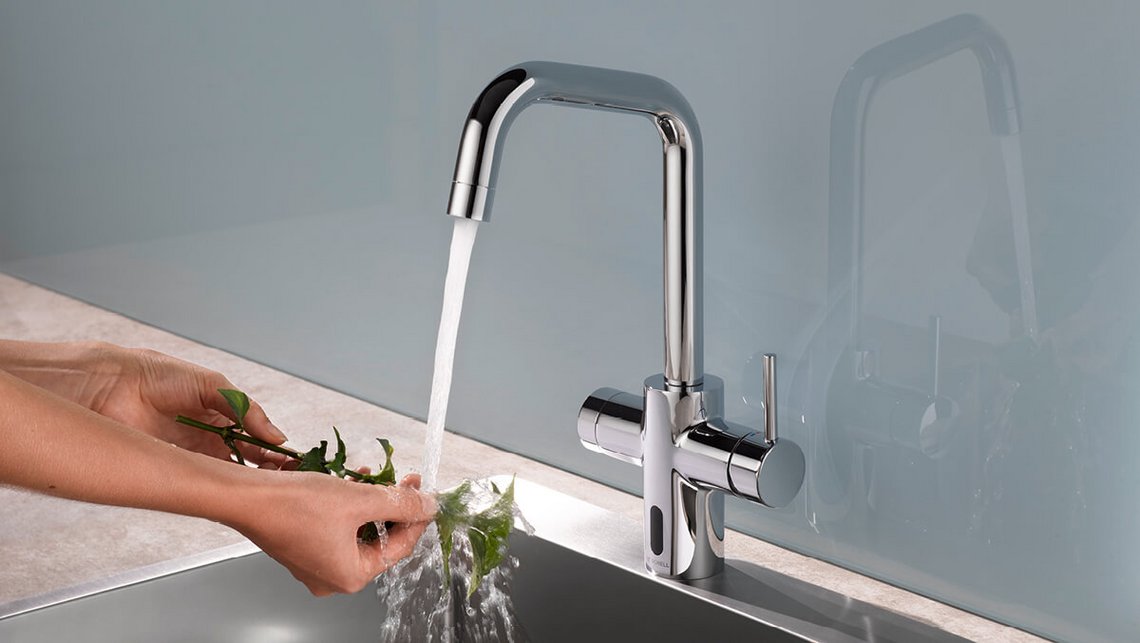
GRANDIS E n the kitchen?
For kitchen applications, for example, the electronic GRANDIS E kitchen tap is the right solution. One of its impressive features is the innovative combination of a single-lever mixer and contactless infrared triggering. As an electronic tap with integrated optional stagnation flushing, GRANDIS E helps to maintain the quality of drinking water. This makes it an ideal tap for use at high-risk tapping points, such as kitchenettes in office complexes.
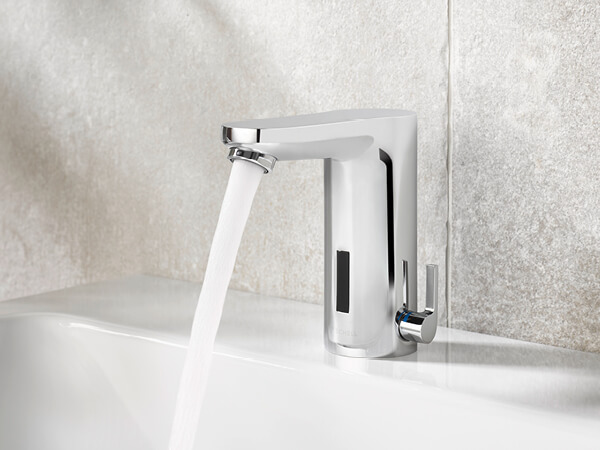
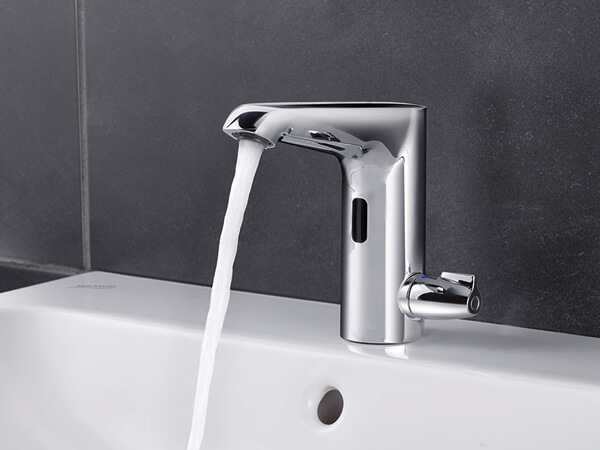
CELIS E and XERIS E-T in washrooms
SCHELL offers a choice of many electronic wash basin taps that all have one thing in common: their outstanding SCHELL quality. They also offer numerous useful properties that ensure they can accommodate the widest range of requirements. One example is the CELIS E electronic wash basin tap: thanks to its vandal-resistant, all-metal design, this tap guarantees a long service life even in public sanitary facilities with a large clientele. Thanks to its thermostat and contactless sensor control, SCHELL’s XERIS E-T wash basin tap combines user convenience and anti-scalding protection with optimum hygiene and economical use of water. The tap’s elegant design also promotes a pleasant atmosphere in any sanitary facility.
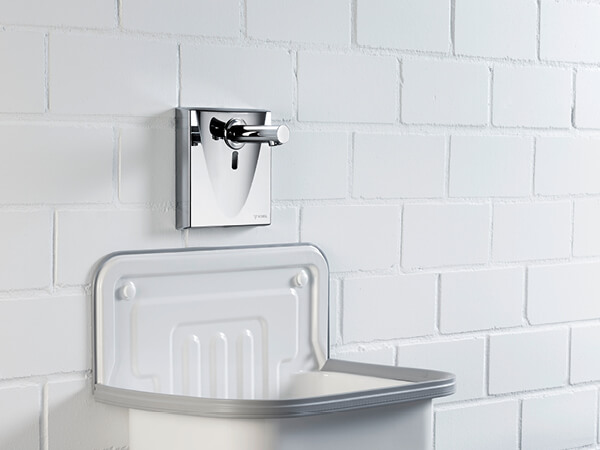
WALIS E for utility sinks
The WALIS E electronic wall outlet tap is an ideal solution for cold and mixed water points of use or as a compact and inexpensive flushing point for utility sinks. The tap is also perfect for points of use in garages and janitor’s rooms or wash basins in classrooms, for example, which tend to be rarely used with current teaching schedules. WALIS E can be connected from the rear, top, bottom and either side, to ensure maximum flexibility, while the SCHELL WALIS E installation frame also makes it usable with wall-mounted pipe installations. As a battery-operated fitting, it needs no complex electrical installation work, and its optional, automated stagnation flushes means it can help to maintain drinking water hygiene.
LINUS for showers
SCHELL also offers a wide choice of electronic fittings for shower cubicles, such as the LINUS INOX shower panel or the LINUS concealed shower fitting. While the first of these features high-quality premium stainless steel, the second fitting scores points for its linear and compact design. As electronic models, both offer the option of stagnation flushes – in just the same way as the electronic variants of the VITUS exposed shower fitting.
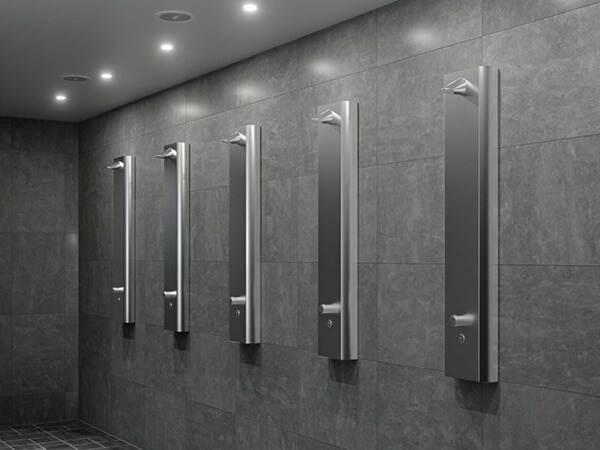
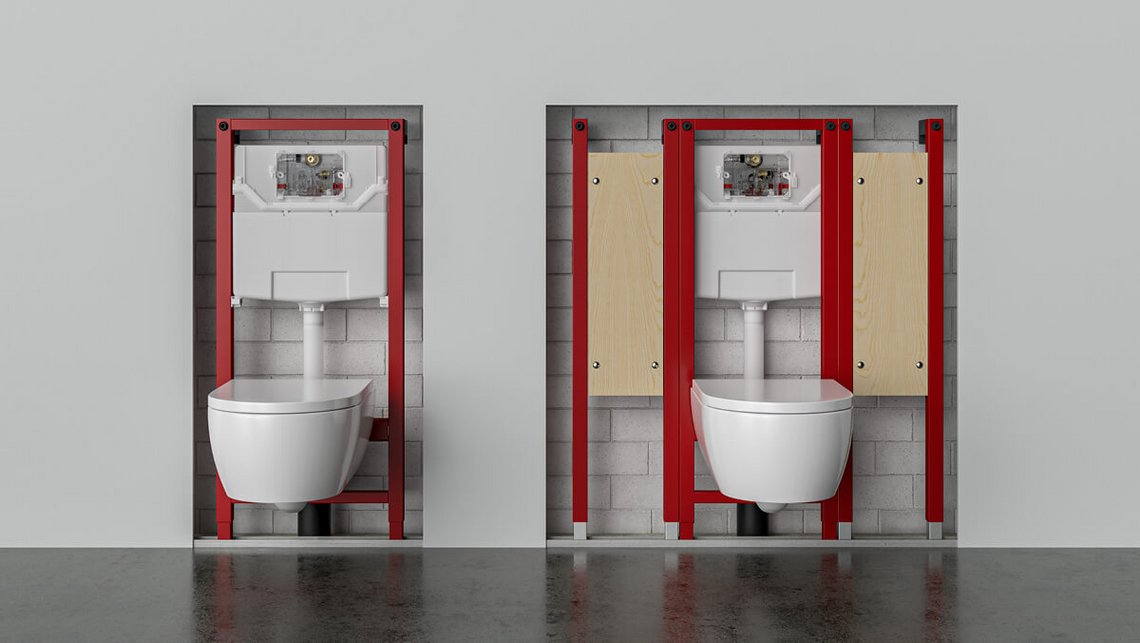
SCHELL fittings for WCs and urinals
All tapping points are important for maintaining drinking water hygiene – including WC and urinal fittings. Accordingly, SCHELL naturally offers a wide range of products for these applications, such as the EDITION E electronic concealed urinal control, which offers front panels in many different materials as well as the option of stagnation flushes. For WCs, the MONTUS Flow and MONTUS Flow H WC cistern modules are always an outstanding choice. These modules can be controlled using the SCHELL SWS Water Management System or the SCHELL Single Control Flow SSC Bluetooth® module. Stagnation flushes for both cistern modules can be set up using SWS or SSC. MONTUS Flow H is also the ideal solution for accessible WCs, which are typically used less often.
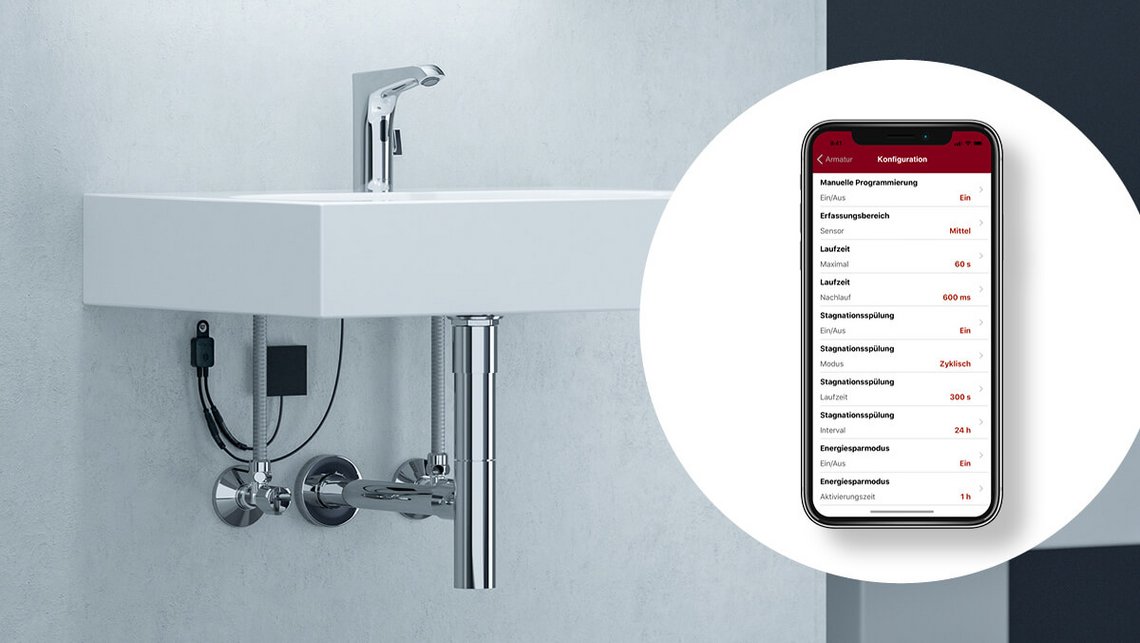
Simple fitting parameterisation with the SSC Bluetooth® module
Parameter settings for electronic fittings no longer need to be made manually: with the handy SSC Bluetooth® module and SCHELL Bluetooth® app, these are now easy to set up digitally from devices like smartphones and tablets. Settings like sensor ranges and flow times are quick and convenient to configure using the app. If several fittings of the same type need to be given the same parameters, these can be stored temporarily in the app and then easily transferred to the next fitting that has been paired with the app. This offers huge time savings for industry professionals.
The SSC Bluetooth® module can either be used as a mobile programming unit or left permanently installed on a fitting. Permanent installation offers additional functions, such as stagnation flushes using an integrated flushing calendar at/on specified times and days. During the week, up to 32 separate stagnation flushes can be scheduled for any time of the day and with different durations for each stagnation flush. The last 64 flushes are documented by the Bluetooth® module, and can be accessed and exported using the app. If required, the data can also be exported as a CSV file for forwarding as an email attachment.
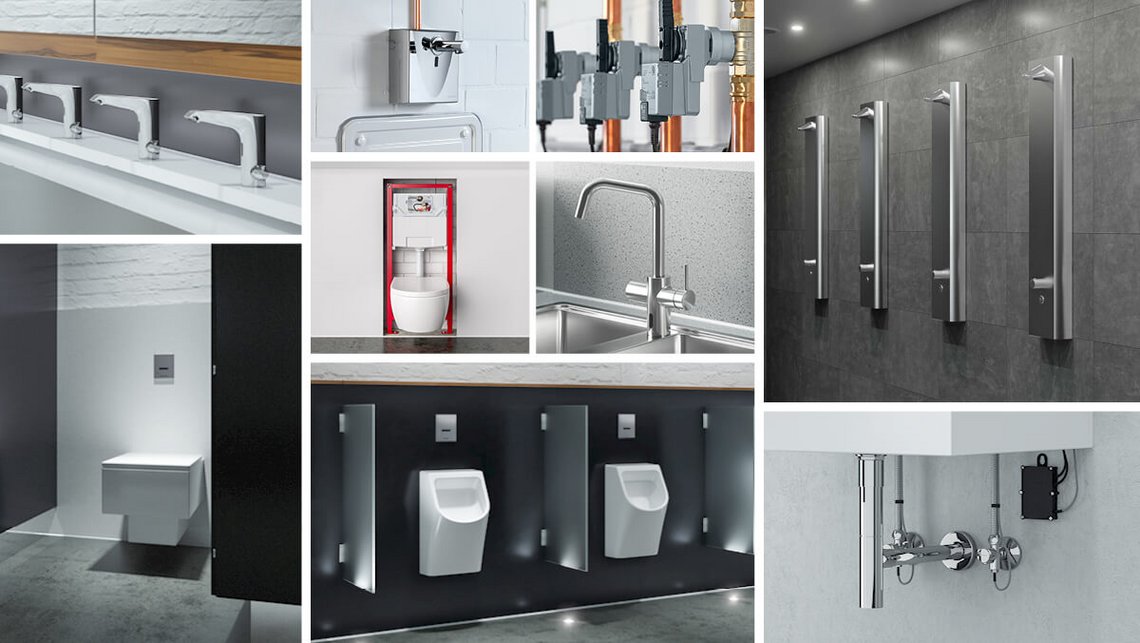
Fully integrated water management with SWS
For even greater efficiency and cost-effectiveness, many of SCHELL’s electronic fittings can also be networked with the SWS Water Management System. To offer maximum flexibility for SWS deployment, the network can be set up as a wireless and/or wired network, both in existing buildings and in new developments. The networked electronic SCHELL fittings are easy and convenient to program, control and monitor using the SWS suite of software. With its SWS-ready fittings for all relevant tapping points in a building, SCHELL offers a fully integrated approach to water management, as all of the building’s tapping points can be flushed automatically with its solutions.
Saving time and money with SWS
Thanks to the SCHELL SWS Water Management System, the stagnation flushes that help to maintain water quality no longer need to be set individually and manually at each fitting but can be adjusted and controlled from a single, central hub. Automated stagnation flushes can be triggered at specified intervals and times of day or based on temperature readings – or as a hybrid system that combines both approaches. SWS can also be used to assign fittings to groups, with each group then carrying out its stagnation flushes simultaneously. The system can also be used to simulate the drinking water installation’s specified normal operation. Records are also logged for stagnation flushes, for example, which gives operators information about potential for optimisation. For buildings with a large number of fittings in particular, manual setup and execution of stagnation flushes is error-prone while also being time-consuming and therefore expensive. If stagnation flushes are handled automatically by a water management system like SWS, this reduces running costs while freeing up facility management resources for other, equally important tasks. The operational records kept by SWS not only offer proof of specified normal operation for the operating company but also allow processes and the drinking water installation itself to be optimised – which reduces the facility management workload even further.
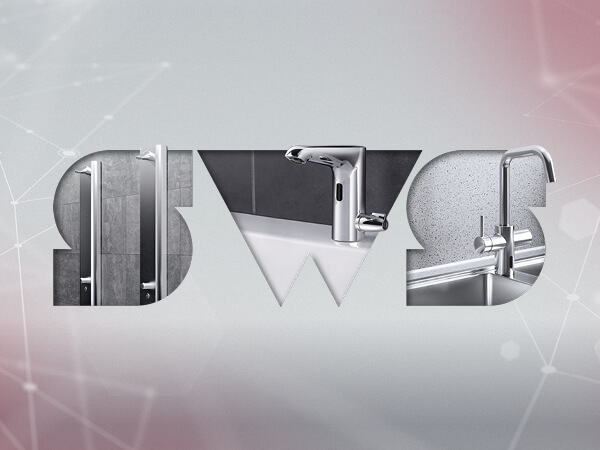
Temperature-controlled flushes using temperature sensors
Using an angle valve with a temperature sensor, such as the SCHELL COMFORT PT angle valve, for example, is also ideal for helping to maintain drinking water hygiene. If the temperature sensor is networked using SWS, the system can be used to trigger temperature-controlled stagnation flushes at the corresponding fitting automatically. These are always started if the temperature at the selected sensor is too far below or above the target temperature – such as when the cold water temperature exceeds 25 °C and could therefore endanger water quality. Water that could be a potential health risk is flushed out of the fitting immediately.

Using SMART.SWS to manage drinking water installations on the go
The online SMART.SWS add-on service offers remote monitoring for drinking water installations from anywhere in the world. This lets building owners keep an eye on all of their properties while out and about. Operating parameters or other optional settings, such as flow times for stagnation flushes, can be adjusted at any time just by logging into the system.
SMART.SWS is intuitive to use and user-friendly, thanks to its clearly structured dashboard. The views vary by user role, so as to ensure that only the relevant data is
displayed for the individual currently logged in. While building owners can keep tabs on all of their sites and properties, for example, facility managers will only see the individual building that they are looking after.
Efficient maintenance planning and analysis with SMART.SWS
The data logged by the system not only provides at-a-glance information but also indicates potential for optimisation in the installation. Efficient drinking water installation maintenance planning and analysis can therefore be carried out at any time. This is just one way in which SMART.SWS helps to save time and money.
SCHELL has a wide range of innovative and user-oriented solutions in its portfolio that offer first-class support for maintaining drinking water quality. Talk to one of SCHELL’s experts to find out more about these solutions.

![[Translate to English:] [Translate to English:]](/fileadmin/_processed_/1/b/csm_symstemloesungen_e2_thumb_6bca267f26.jpg)
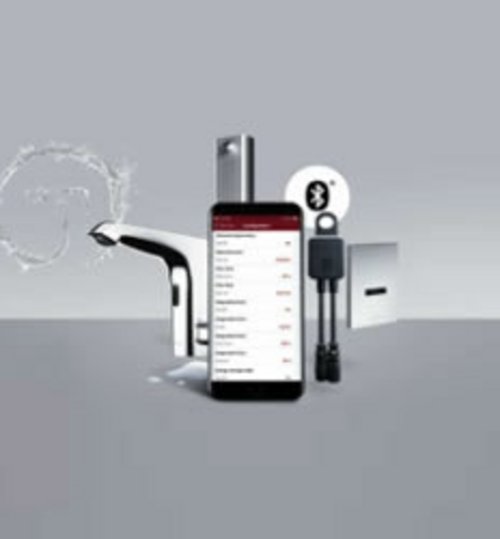
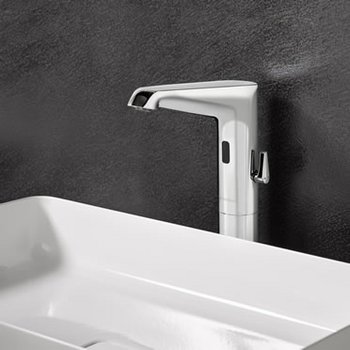
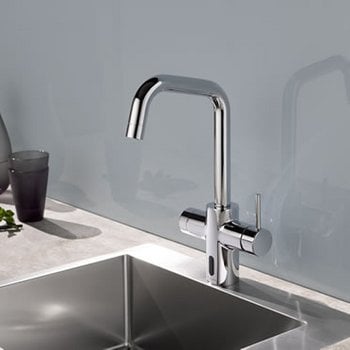
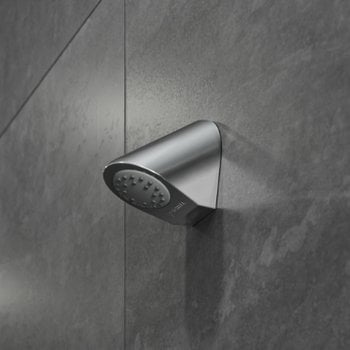
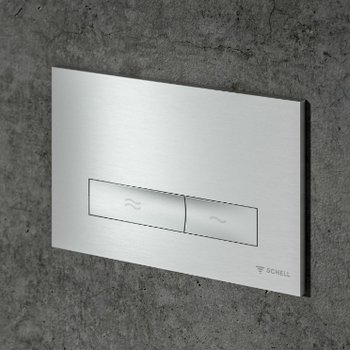
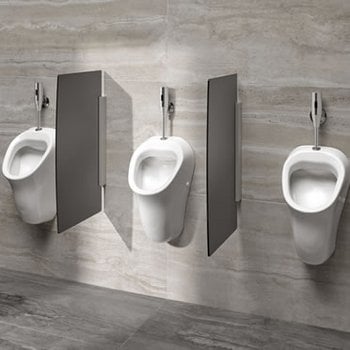
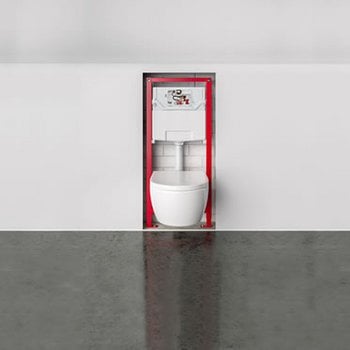
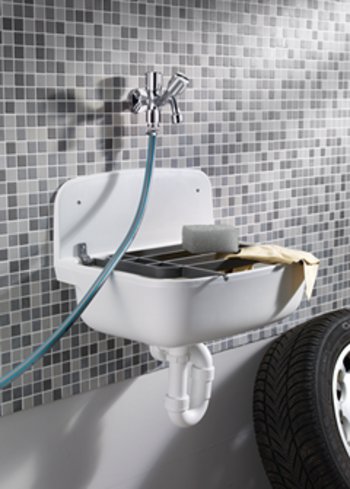
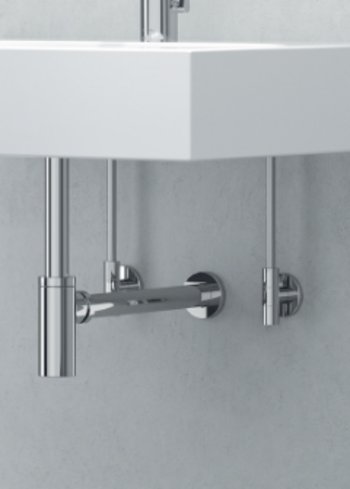
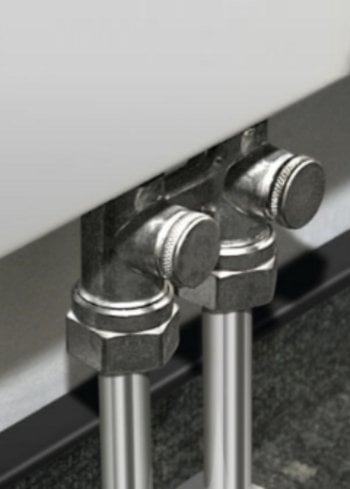
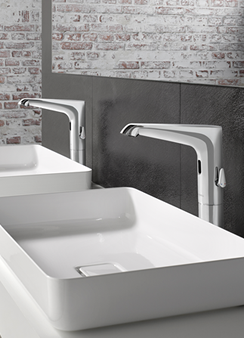
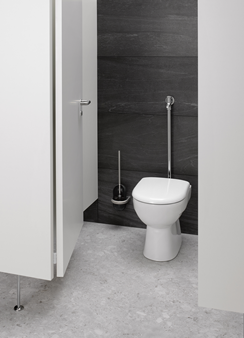
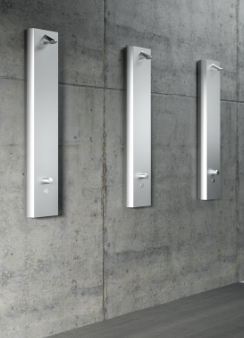

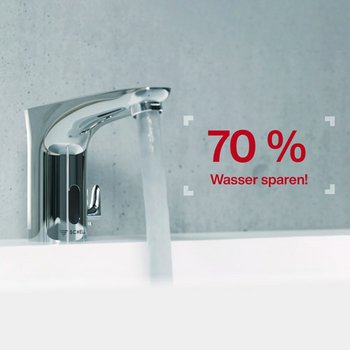
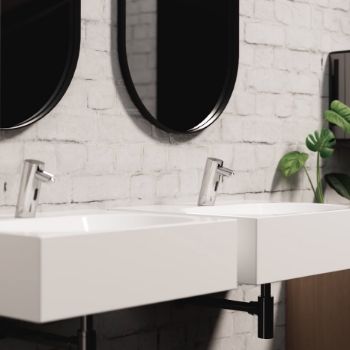


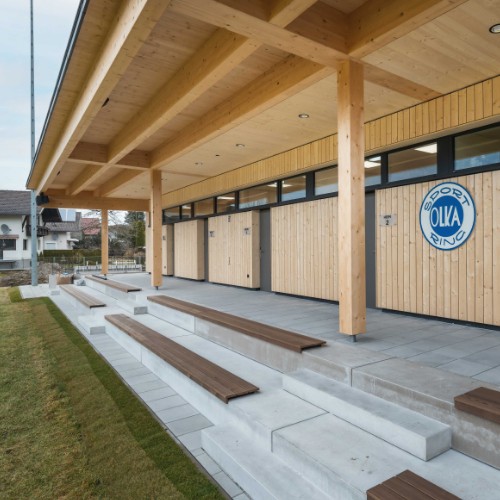
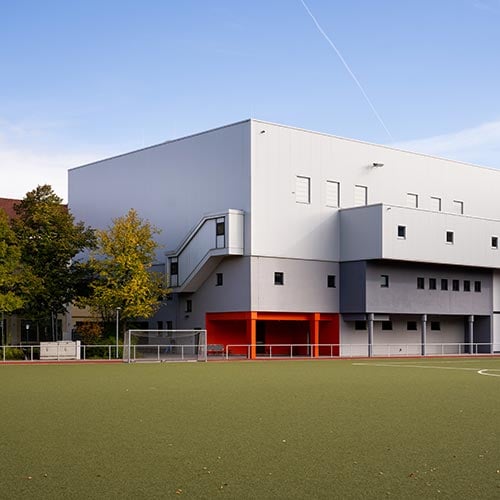
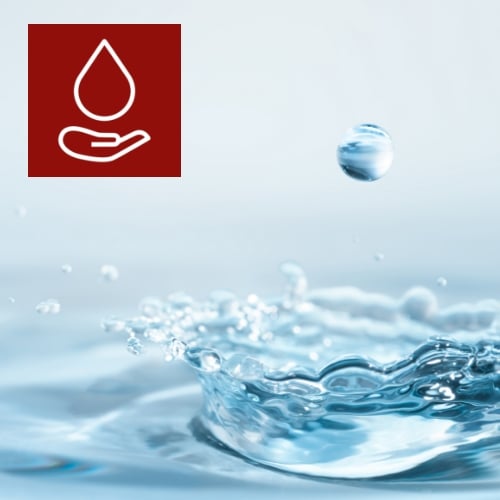
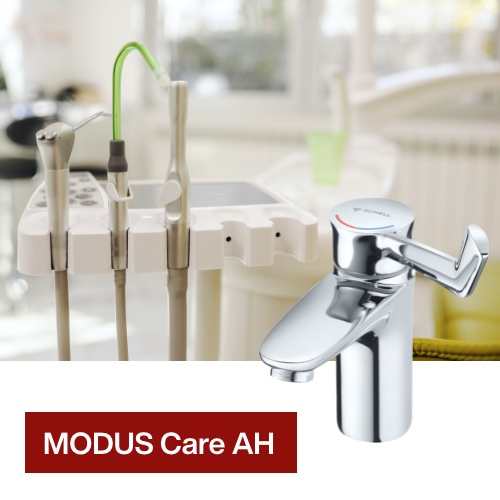
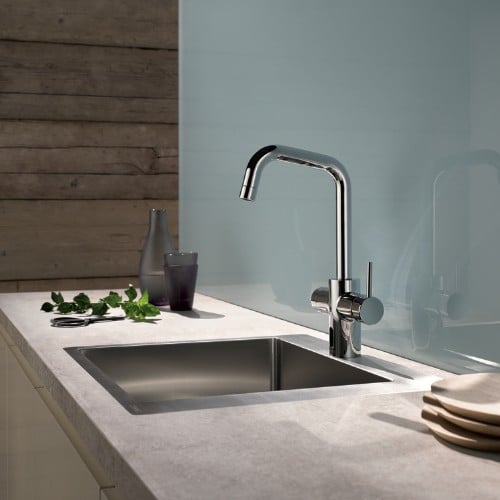
![[Translate to English:] [Translate to English:]](/fileadmin/user_upload/images/menu/menu_service_downloads_broschueren.jpg)
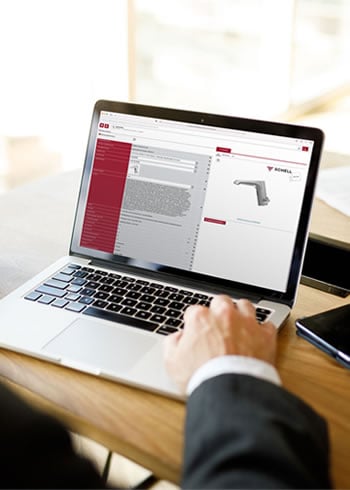



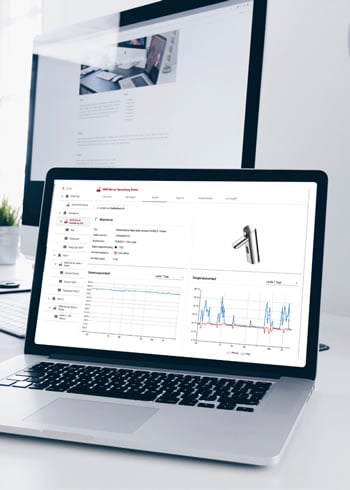


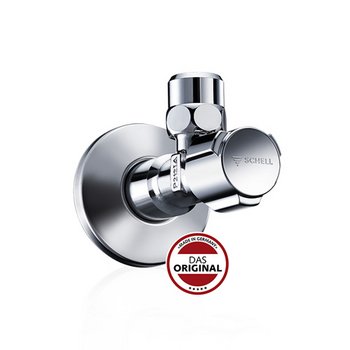
![[Translate to English:] [Translate to English:]](/fileadmin/_processed_/7/7/csm_menu_unternehmen_ueber-schell_awards_f6cec25b1d.jpg)
![[Translate to English:] [Translate to English:]](/fileadmin/_processed_/a/0/csm_menu_unternehmen_ueber-schell_wasser-sparen_41036d2dd9.jpg)



